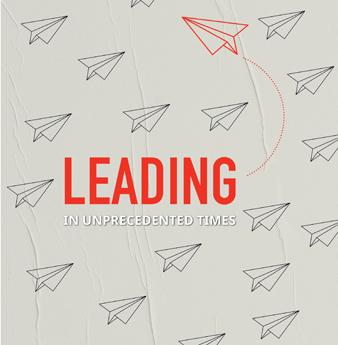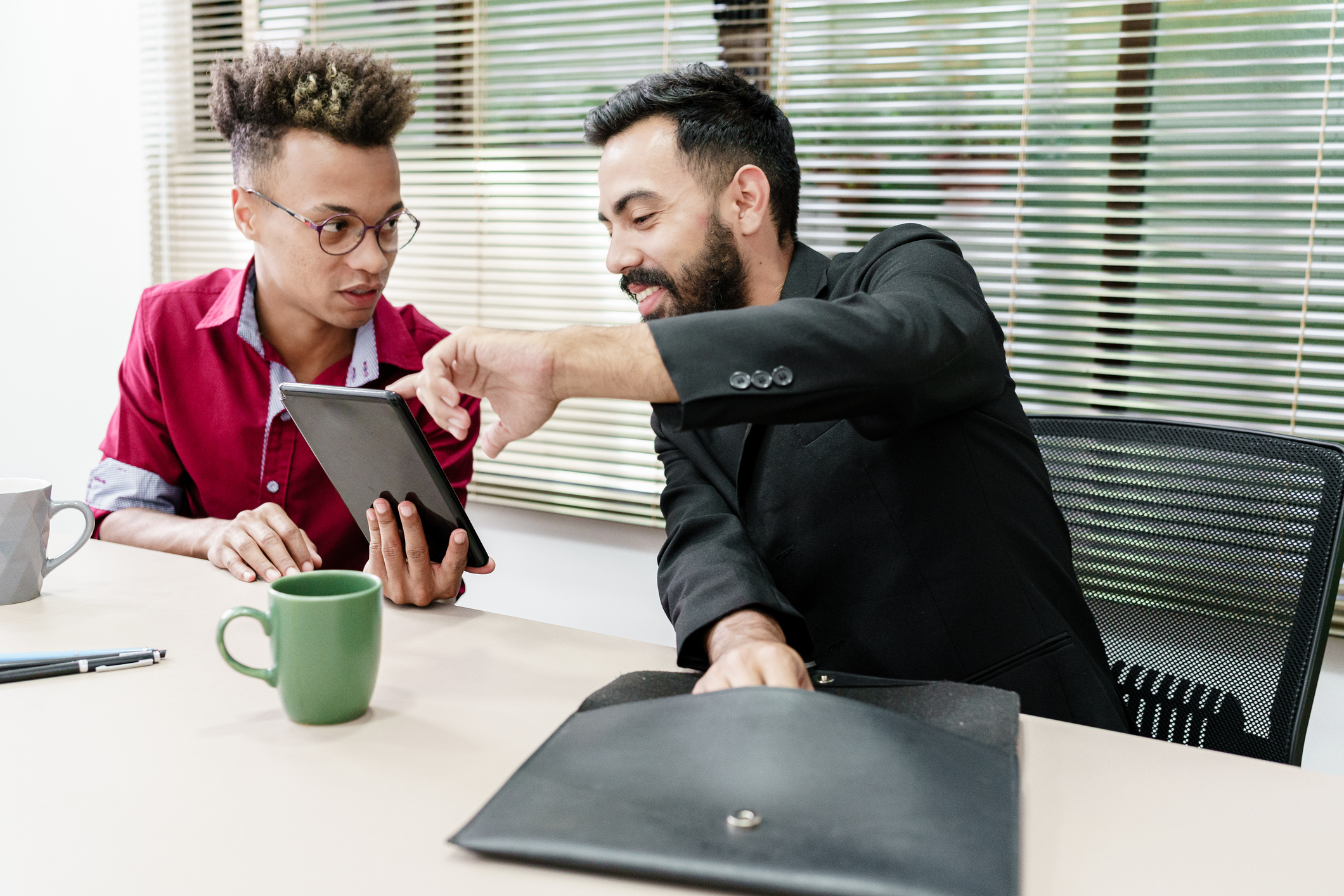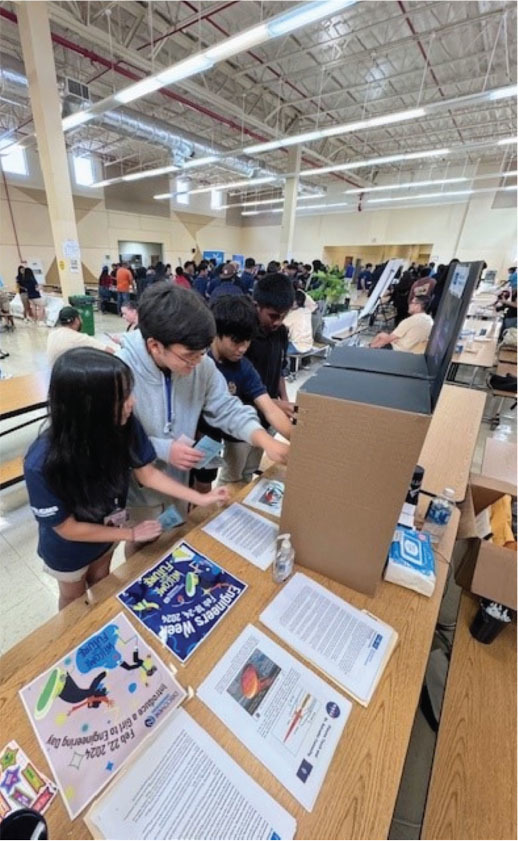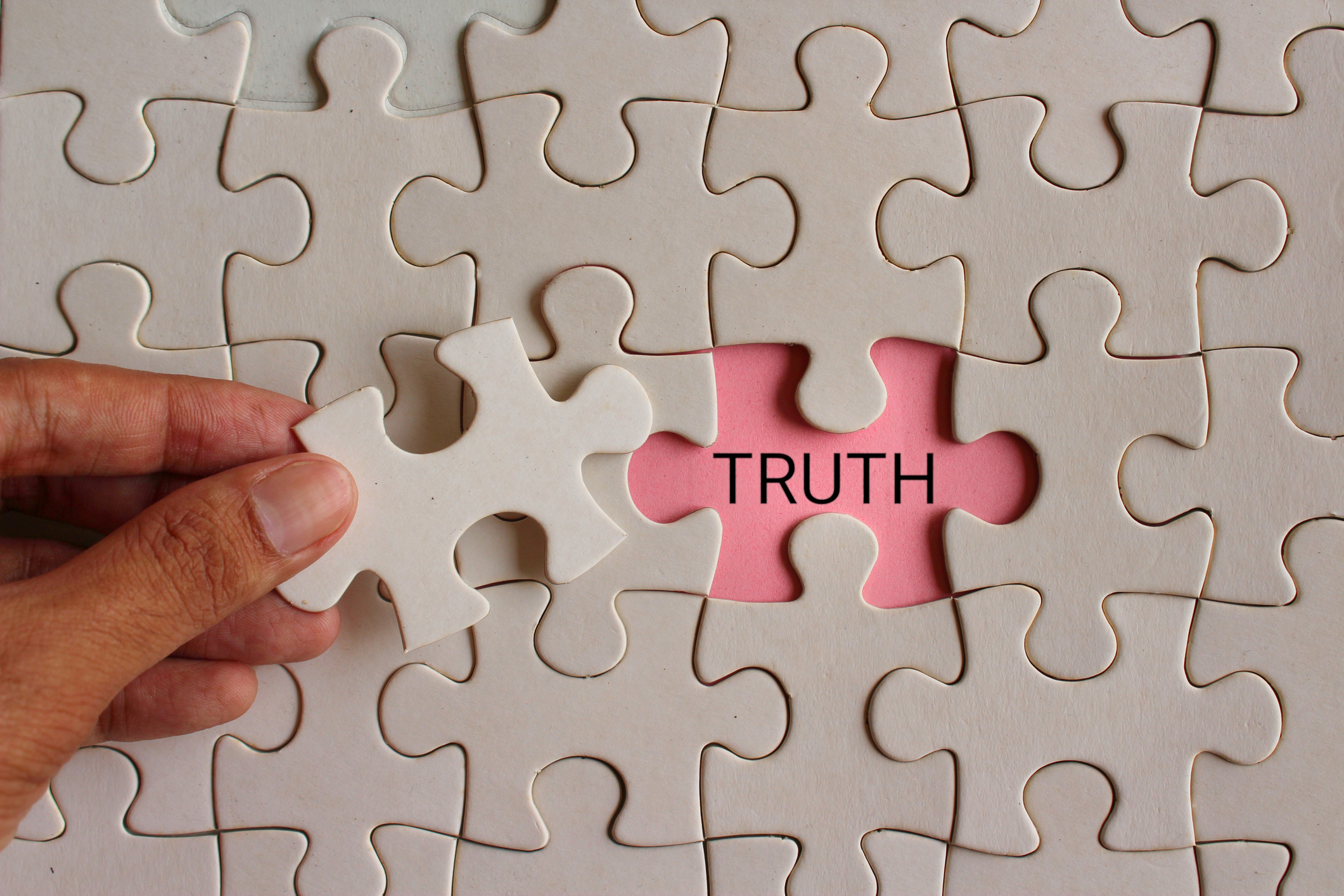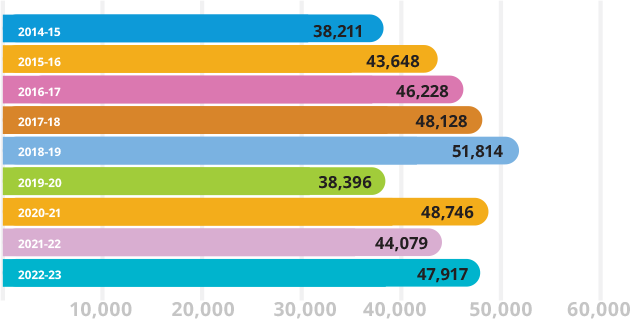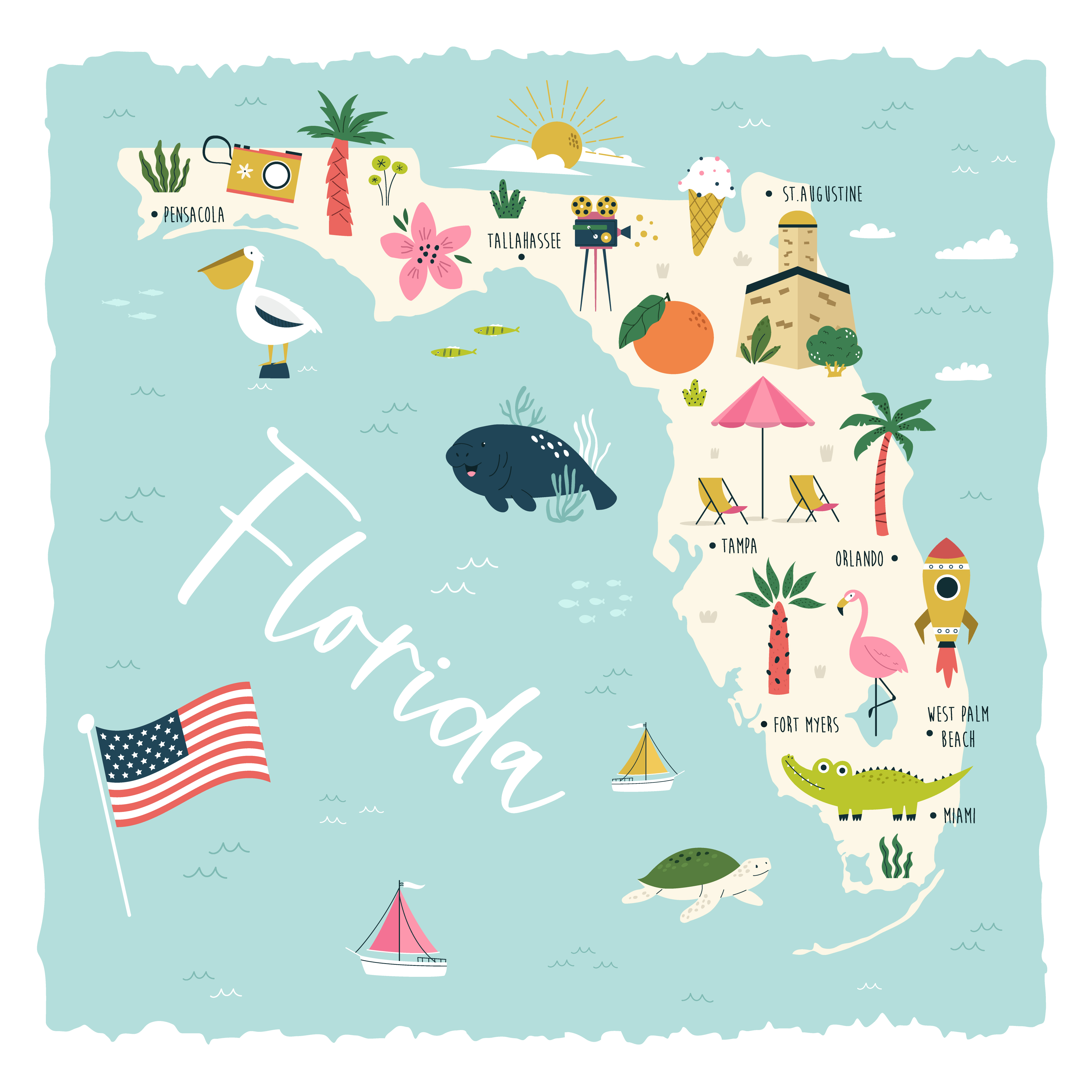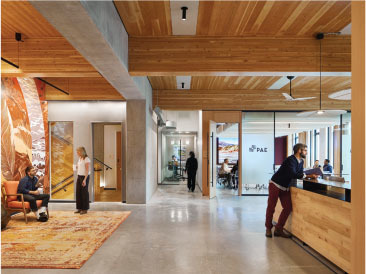Winter 2024
The Gift of Failure
BY PAULA E. MILES, P.E., PCC, AND NATALIE J. SAYER, MSMSE, PCC
Read any leadership book or article and you will usually find tips and tricks for success. Yet seldom do you see, "Here is how we failed, and it was awesome!" Why do people do everything they possibly can to try to avoid failure? There are many reasons, but mostly it boils down to people want to avoid the pain and real-life consequences of failure. Yet, what would it be like if "failure" could be your greatest gift and source of learning and innovation?
What is failure? The American Heritage Dictionary of the English Language defines "failure" in the following ways:
- The condition or fact of not achieving the desired end or ends.
- The condition or fact of being insufficient or falling short.
- A cessation of proper functioning or performance.
- Nonperformance of what is requested or expected.
You can probably think of examples of failures from the small, like a missed deliverable, to the spectacularly public, like cyberattacks of federal databases leading to massive personal data leaks, to the catastrophic, such as the Florida International University’s (FIU) pedestrian bridge collapse in 2018. As engineers it is your job to minimize risk, plan for failure modes, and to prevent catastrophic failure. And yet, no matter how hard you try to prevent it, failure still happens - individually, within a team, and systemically. Paradoxically, failure is necessary. It is our greatest teacher. Without failure there is no innovation, growth, or change. Given this paradox, how can we create a culture where we get maximum value and learning from failure while still mitigating risks?
It is easy to take failure personally. To beat yourself up. To lose confidence. You might feel embarrassment, shame, or look for people to blame. You might get stuck in the story of failure. This does not make for a healthy team member. And it can create blind spots, which then prevent valuable learning. If you find yourself in these circumstances, remember, having a failure is not being a failure.
MORGAN’S SITUATION
Morgan is a high potential engineer in an SP500 company. She sought out coaching when her project was not going well and the pressure to accelerate timelines was very high. She is responsible for developing the next generation of the company’s premier instrument. Dan, her boss, is under a great deal of pressure to have his teams deliver 50% faster than they have in the past. Morgan is feeling the pressure.
Morgan’s Coaching Session
I don’t know if I can put up with the stress of this project much longer. Our last trial failed miserably. I have let the whole team down. Dan is asking for updates all the time. And there is no way we can get regulatory approval the way the project stands. Maybe I am not the right person for this. I keep thinking, "What did I do wrong?" Everyone is looking at me to turn it around. Management is asking the impossible! 50% faster are you kidding me?! I am a failure. Maybe it would be better if I quit.
Morgan, is that what you really want to do?
No, not really.
I hear your frustration with the project and want to remind you that having a failure is not being a failure. You told me you like to bake. Have you ever tried a new recipe that didn’t turn out the first time the way you expected?
Yes, a gluten free chocolate cake.
How did you respond when it didn’t go as you expected?
Well, I looked at it as a science experiment. There are thousands of recipes. I just needed to find out what all the five-star recipes had in common and look at the comments to see if someone else had the same issues I did. And I checked my oven to make sure the oven was heating evenly.
It seems like you were quite resilient. You looked at the failure externally – in the system and process. It sounds like you were able to reframe the experience into a learning one. How would you reframe your project if you looked at it like your chocolate cake experiment?
What? This project is so much more important than a chocolate cake. The consequences of failure are huge! (Silence.) How would I reframe it? Well, we learned that we could accelerate the modeling of the instrument. We did a 3-D printed proof of concept that we have never done before, and it worked. We have identified three design changes that we think will work and get us back on track. I got several departments to collaborate in ways we never have before; I am really good at getting people to work together. I also learned when you do something new, you need to plan for failure and have multiple back up plans.
It sounds like you have learned a great deal. When you identify these lessons, what does it mean to you?
Maybe the project isn’t in as bad of shape as I thought it was. When I give Dan the next update, I will share these lessons learned and get his advice on how we can navigate the approval timeline. Maybe he has ideas on how we can improve the system.
Morgan had to get out of the mindset of, "I am a failure." And shift it to, "We had a failure." When you can make this reframe, it is easier to access the learning. What value do these lessons provide? Anything from deeper understanding of the customer, the product, the market, your team, or yourself. In a later session, Morgan revealed once she rewrote her story from failure to learning, she was able to shift the team’s perspective. She made failure discussable. Together they were able to innovate in unexpected ways and plan for failure for the next iteration of the project.
Planning for failure increases your chances for success. Beyond the normal failure modes and effects analysis, elite teams look at four types of plans to mitigate risk. These plans follow the PACE acronym: Primary, Alternative, Contingent, and Emergency. When the team has strong plans for addressing failure, the chances for success increase significantly, especially when aiming for very high goals.
DAN’S SITUATION
Dan is a senior director and Morgan’s boss. He is being challenged by the C-suite executives to deliver research and development projects 50% faster than has ever been done. He is struggling to lead this charge when he thinks the goal is completely ridiculous. He has three projects that have critical timing to launch and capture the market.
Dan’s Coaching Session
You know, in all my years in this company, I have never had such unrealistic expectations. It is like they are setting us up to fail. Fifty percent faster; it can’t be done! (Sigh.) I feel like my entire career is on the line. I know I am putting tons of pressure on my team. I don’t want to fail. Maybe we can’t get to 50% but we can do better than we have in the past. I don’t want to break good people, like Morgan, in the process.
Dan, if you were to rewrite your story of failure from "career ending" to "creative innovation," what would you do differently, as a leader?
Well, maybe I would stop making it about me.
Ok, what would you change in the system to increase your team’s success?
We have these design reviews, which I think could be very useful. But it seems like they are either a bloodbath or no one says a thing.
What are you creating or modeling as a leader to change the culture of that environment?
You mean my sarcastic comments aren’t helping? (Nervous laughter) Well, I want them to be candid. I want us to trust each other and have healthy debates about the projects or challenges. Maybe I am making it too personal in the way I am giving feedback. It just seems like everyone is so sensitive. Do you know I had an engineer cry in the last one?
It sounds like you have an opportunity to create some psychological safety in the reviews.
What is that?
Amy Edmonson, a Harvard University professor, has studied what makes teams thrive and trust. Psychological safety came out of her research. It is defined as a shared belief held by members of a team that it’s OK to take risks, to express their ideas and concerns, to speak up with questions, and to admit mistakes — all without fear of negative consequences. As she puts it, "It’s felt permission for candor."
So, I guess that engineer crying in the last review is a sign I haven’t created that culture of candor and trust? Maybe I need to reset expectations and collectively put some ground rules in place. If we don’t develop a healthy culture, we are never going to move the needle on our delivery time.
How can you make failure discussable?
Yeah, I seem to hear about things too late to help mentor or guide things back on course. It is like sometimes my team is afraid to give me "bad news," when I think about it just as data to make decisions.
It sounds like that might be a reframe to help your team. Are you willing to check out a book?
Yes.
It is called the Right Kind of Wrong: The Science of Failing Well by Amy Edmondson. I think you might find some helpful ways to help your team reframe failure. She proposes a four-step process to reframe failure: Persistence, Reflection, Accountability, and Apologizing.
I’ll get it, and we can discuss how I can apply it next time.
OK. I’m curious, how might you reframe your relationship to this 50% faster goal?
I wonder if they are putting that goal out there to see what we can do with a very high bar. I know there is market pressure, but what if I could recognize when people are making progress. I know I appreciate when people acknowledge progress. It makes me want to do more versus when they give you the feeling that you failed again, and nothing is ever good enough.
How will you show up in the next design review to shift the culture and build trust?
Maybe I need to recalibrate my expectations for the team and give them permission to tell me when I start micro-managing. I think Morgan will appreciate that. We can set those ground rules around the reviews to make them more productive. I also need to set communication expectations. I really do not want to be micro-managing everyone, but I do need information. I also need to make failure about our systems and processes and less about the person experiencing failure. I will help them learn if they have a part, but I need to lay off the sarcasm. Maybe I will also talk to my boss to understand how set in stone this 50% faster goal is. Maybe he believes in us that we can do more, and we are just taking the challenge wrong.
That sounds like a plan. You have an opportunity to model a healthy relationship with failure to your team and peers.
Morgan and Dan are both experiencing the pressures and pace of change happening in their industry. They recognize the importance of learning and reframing to have a healthy relationship with failure.
The Value of Life-Long Learning
Having a life-long learning practice helps you stay relevant, have more impact, and keep up with the ever-increasing pace of change. Whether you pursue formal learning environments like certifications and degrees or informal learning through books, podcasts, or reflection – learning helps you build talent stacks. Your unique combination of skills and applied learning is your value proposition. How you bring your talent stack to the teams or systems you work in will enable you and your team to set and achieve high goals.
In our previous articles in this series, we introduced you to the "forgotten team." They created a learning practice based on feedback from stakeholders. At first when they received the initial feedback, they wanted to ignore it. "That’s not real," was one reaction. Another reaction was, "We don’t have time to change." Finally, the team got to, "We can ignore this at our own peril."
When they finally embraced the CEO’s comments that they were invisible to the rest of the organization, they looked for ways to apply the feedback. Several of their team coaching sessions centered around, "How can we all be interchangeable and recognizable as leaders to the broader organization?" They started doing roadshows to show how their work enabled or impacted on other leadership teams. The first few didn’t go as planned. But rather than getting stuck in the failure and using excuses, they celebrated what did work and adjusted their messages for the next one. As a result, the team decided to gather regular stakeholder feedback to look for ways to improve their leadership and their organizational system.
Failure reframed and life-long learning practices are the gifts that keep on giving. How about you? Where might you need to reframe failures or add to your talent stake to have more impact?
, P.E., PCC, MPA, AND , MSMSE, PCC, ARE PARTNERS IN THE TEAMFUTUREFIT CONSULTANCY. THEY ARE PROFESSIONAL CERTIFIED COACHES THROUGH THE INTERNATIONAL COACH FEDERATION AND CERTIFIED TEAM COACH PRACTITIONERS THROUGH THE GLOBAL TEAM COACHING INSTITUTE. THEY SERVE ORGANIZATIONS AND TEAMS TO INCREASE THEIR EFFECTIVENESS AND COURAGE AS LEADERS.


 Volunteering at NSPE is a great opportunity to grow your professional network and connect with other leaders in the field.
Volunteering at NSPE is a great opportunity to grow your professional network and connect with other leaders in the field. The National Society of Professional Engineers (NSPE) encourages you to explore the resources to cast your vote on election day:
The National Society of Professional Engineers (NSPE) encourages you to explore the resources to cast your vote on election day:



